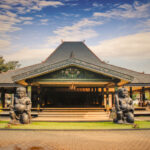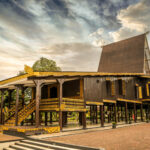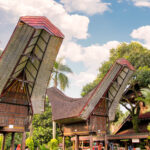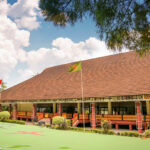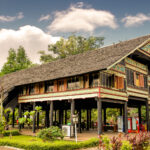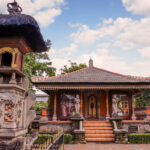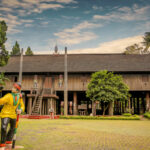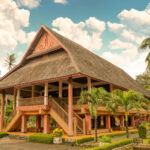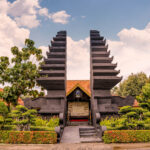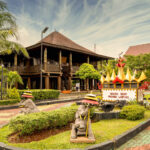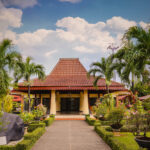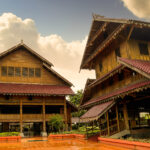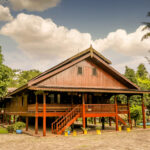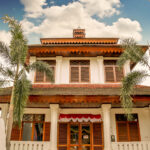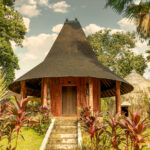Sugeng Rawuh!
Central Java opens its doors to visitors, inviting them to explore its uniqueness and beauty. The region, home to magnificent temples like Borobudur, Prambanan, and Mendut, celebrates the rapid development of Hindu-Buddhist heritage in its time. Yet, Central Java also bears the imprints of Islam, with various grand mosques, including the famed Demak Mosque, believed to be built by the wise hands of the Wali Songo. The legacy of Wali Songo is carefully preserved, standing as a historical guardian for generations to come.
The Central Java Pavilion, dubbed the ‘Central Java Padepokan’, invites every visitor at TMII to embark on a journey and take home the rich local wisdom of Java. In every detail, the noble values and wisdom of Javanese society are beautifully engraved, offering valuable lessons for every soul that encounters them.
A replica of the grand hall ‘Mangkunegaran Palace’ in Surakarta welcomes visitors in the pavilion area, featuring a wayang kulit (shadow puppet) performance space known as Ringgit. This grand hall, nicknamed ‘Joglo Trajumas’, with its expansive roof supported by 4 Sokoguru (main pillars), 12 Soko Penanggap, and 20 Soko Penitih, creates an elegant charm typical of Central Java.
Other notable traditional houses include Joglo Tajuk Mangkurat, Joglo Pengrawit, Rumah Kudus, and the uniquely designed Doro Gepak. Their allure is further enhanced by an open stage set against a hill backdrop and a makara building.
This building is crafted from black volcanic stone adorned with the phrase “Mutiara Ojo Dumeh”, which means “don’t be arrogant”. The teachings of Ojo Dumeh emphasize that as humans, we must be able to control ourselves and avoid arrogance or pretense. Especially when achieving success, we are reminded to remain humble and avoid boasting.
DID YOU KNOW?
Salatiga, a city in Central Java, is often mentioned as one of the oldest cities in the archipelago. This information is sourced from the official city website, and several references have confirmed this claim. As evidence, the Plumpungan inscription records that the city has existed since the year 750 AD. The inscription is situated in Dukuh Plumpungan, Kauman Kidul Sub-district, Sidorejo District.


